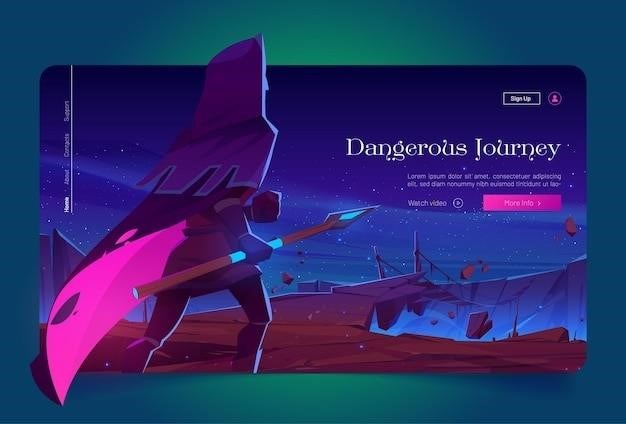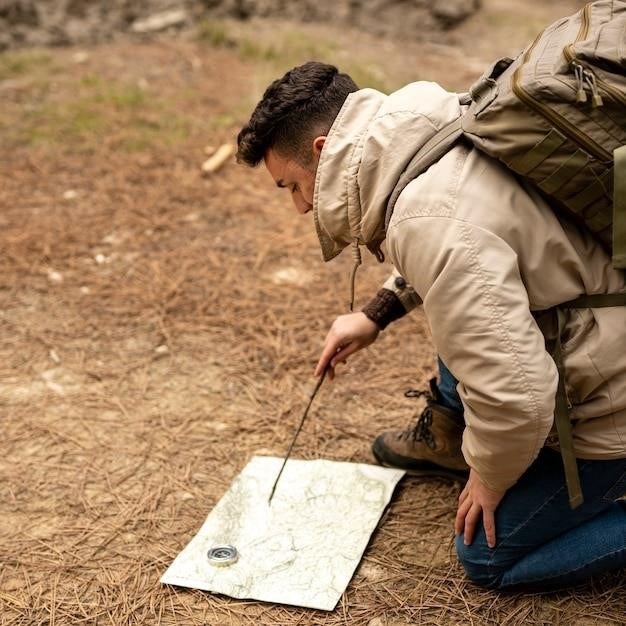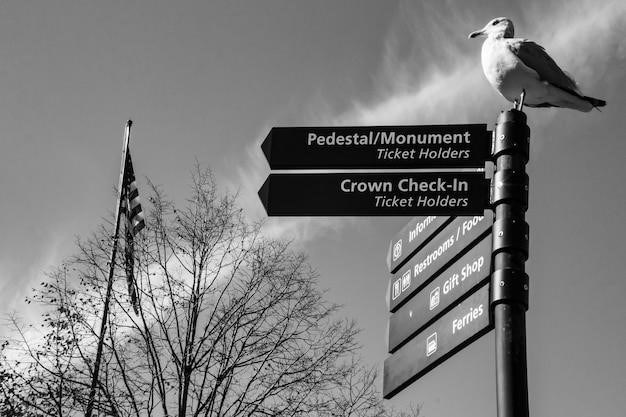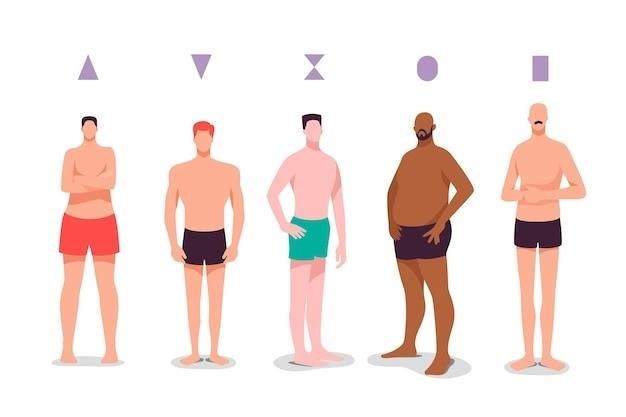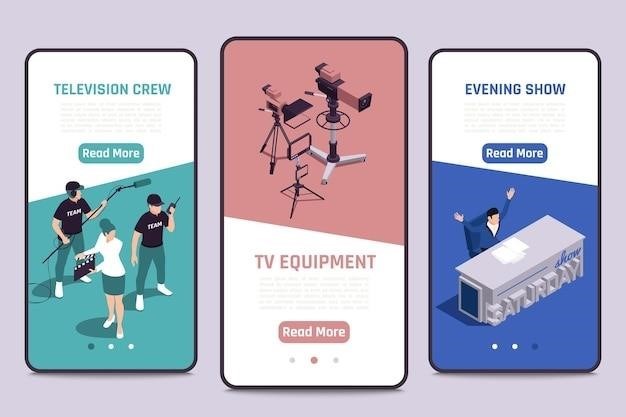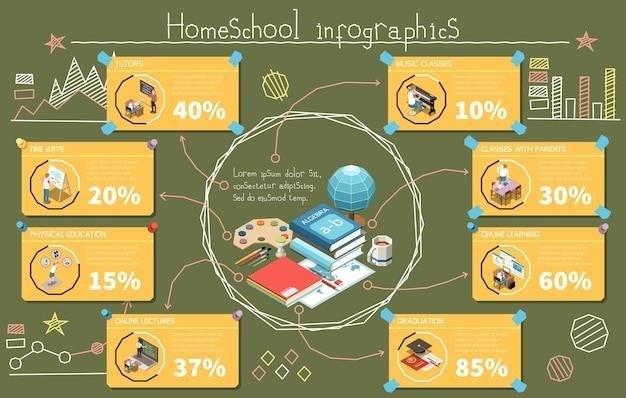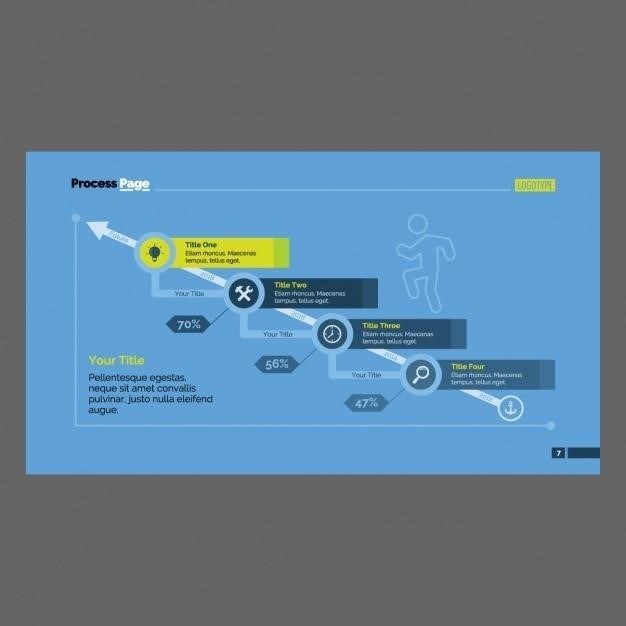Tales of Vesperia⁚ Definitive Edition Monster Guide
This comprehensive guide will provide you with all the information you need to defeat the Giganto Monsters in Tales of Vesperia⁚ Definitive Edition. From finding their locations to learning the best strategies for defeating them, this guide has everything you need to become a master monster hunter.
Introduction
Welcome to the Tales of Vesperia⁚ Definitive Edition Monster Guide! This guide is designed to help you conquer the formidable Giganto Monsters, a unique set of optional bosses scattered throughout the world of Terca Lumereis. These behemoths are not your average enemies; they are larger than life and require strategic planning and skillful execution to defeat.
Whether you’re a seasoned Tales of Vesperia player or a newcomer to the Definitive Edition, this guide will provide valuable insights and tips to help you overcome these challenging encounters. We’ll explore the locations of each Giganto Monster, delve into their unique weaknesses and strengths, and offer advice on the best strategies for defeating them.
So, grab your trusty weapons, prepare your party, and let’s embark on a journey to conquer the Giganto Monsters! This guide will empower you with the knowledge and skills needed to emerge victorious from these epic battles.
Giganto Monsters
Giganto Monsters are a special breed of enemies in Tales of Vesperia⁚ Definitive Edition, distinguished by their colossal size and imposing presence. Unlike regular foes, these behemoths are completely optional, offering a unique challenge for those seeking to test their skills and earn valuable rewards.
These towering adversaries boast an array of powerful attacks, demanding careful planning and strategic execution to overcome. They are not merely scaled-up versions of standard enemies, but rather distinct creatures with unique abilities and weaknesses, making each encounter a unique test of your combat prowess.
The Giganto Monsters are scattered throughout the world of Terca Lumereis, lurking within dungeons and hidden areas. They serve as a testament to the game’s depth and the developers’ commitment to providing engaging content for those who seek to explore every corner of the game world.
Where to Find Giganto Monsters
Tracking down these formidable foes requires a keen eye and a willingness to explore the vast landscapes of Terca Lumereis. Giganto Monsters are not simply found by chance encounters; rather, they inhabit specific locations, often within dungeons or hidden areas.
Some Giganto Monsters are encountered as part of the main story, while others are entirely optional, lurking in areas that might easily be missed. The key to finding them lies in paying close attention to the game’s environment, searching for hints and clues that reveal their hidden lairs.
It’s important to note that the locations of Giganto Monsters can vary depending on whether you’re playing the original Xbox 360 version or the Definitive Edition. The Definitive Edition introduces new Giganto Monsters, adding further depth and challenge to the monster hunting experience.
Hermit Drill
The Hermit Drill is one of the most formidable Giganto Monsters encountered in Tales of Vesperia⁚ Definitive Edition. This gargantuan, drill-like creature resides in the Weasand of Cados, a perilous dungeon known for its challenging enemies and intricate pathways.
The Hermit Drill is a formidable adversary, boasting a powerful arsenal of attacks that can quickly overwhelm unprepared players. Its drill-like body allows it to burrow underground, appearing at unexpected locations, while its powerful attacks can inflict significant damage.
To defeat the Hermit Drill, players will need to utilize a combination of strategic positioning, well-timed dodges, and powerful attacks. The use of elemental artes and the exploitation of the Hermit Drill’s weaknesses can be crucial to victory.
The Monster Book

The Monster Book is an essential tool for any aspiring monster hunter in Tales of Vesperia⁚ Definitive Edition. This key item, acquired automatically during the story, serves as a comprehensive encyclopedia of all the creatures encountered in the game. It provides valuable information about each monster, including their appearance, location, weaknesses, and even their rare drops.
Completing the Monster Book is not only a rewarding accomplishment, but it also unlocks various benefits for players. It grants access to the “Monster Book Complete” achievement, signifying your dedication to mastering the game’s bestiary. The book also plays a crucial role in unlocking new abilities for your characters and increasing their overall strength.
As you progress through the game, you’ll encounter a wide array of monsters, each with unique characteristics and abilities. The Monster Book serves as a vital resource for understanding these creatures and developing effective strategies to defeat them.
Completing the Monster Book
Completing the Monster Book in Tales of Vesperia⁚ Definitive Edition is a rewarding endeavor for dedicated players. This comprehensive bestiary, housing information on all 481 monsters, is a testament to your exploration and combat skills. While not mandatory, it provides a sense of accomplishment and unlocks valuable rewards for those who strive for completion.
The journey to completing the Monster Book requires a dedicated approach. You’ll need to venture into every corner of the game world, encountering various monsters in their natural habitats. Some monsters are common encounters, while others are rare or require specific conditions to appear; This will involve exploring dungeons, engaging in side quests, and even revisiting areas you may have already conquered.
The Monster Book serves as a roadmap for your monster hunting endeavors. As you encounter a creature, you’ll gain information about it, adding it to your collection. The book’s detailed entries provide valuable insights into each monster’s strengths and weaknesses, aiding you in planning effective strategies for defeating them.
Rewards for Defeating Giganto Monsters
Conquering the Giganto Monsters in Tales of Vesperia⁚ Definitive Edition is a testament to your strength and skill, and it’s handsomely rewarded with a variety of valuable items. These rewards are designed to enhance your journey, equipping you with powerful gear and granting you valuable resources for crafting and upgrading.
One of the most sought-after rewards for defeating Giganto Monsters is the opportunity to obtain rare crafting materials. These materials are essential for creating powerful weapons, armor, and accessories, pushing your character’s abilities to new heights. The materials you receive depend on the specific Giganto Monster you defeat, adding a layer of excitement to the hunt.
Beyond crafting materials, Giganto Monsters also offer the chance to acquire unique accessories. These accessories provide various benefits, such as increased stats, enhanced abilities, or unique effects, giving you a strategic advantage in battles; The rarity and power of these accessories make them highly coveted by players seeking to maximize their character’s potential.
New Giganto Monsters in Definitive Edition
The Definitive Edition of Tales of Vesperia introduces two formidable new Giganto Monsters, adding an extra layer of challenge and excitement to the monster hunting experience. These newcomers are not mere reskins of existing foes; they bring unique designs, powerful attacks, and a fresh set of rewards, making them worthy adversaries for even the most seasoned adventurers.
These new Giganto Monsters are strategically placed in the game world, offering a rewarding experience for players who venture beyond the beaten path. Their presence encourages exploration and exploration, rewarding those who seek out the hidden corners of Terca Lumereis. These new encounters are a testament to the developers’ commitment to expanding the game’s content and ensuring that the Definitive Edition provides a fresh and engaging experience for both newcomers and veterans.
The addition of these new Giganto Monsters demonstrates the dedication of the developers to enhancing the game’s depth and replayability. These challenging encounters not only offer valuable rewards but also encourage exploration and provide a sense of accomplishment for those who conquer them. Whether you’re a seasoned monster hunter or a newcomer to the world of Tales of Vesperia, these new Giganto Monsters are a must-face challenge that will test your skills and leave you with a sense of satisfaction.
Tips for Defeating Giganto Monsters
Conquering Giganto Monsters in Tales of Vesperia⁚ Definitive Edition requires strategic planning and a well-prepared party. These colossal foes possess formidable strength and unique attack patterns, demanding a tactical approach to emerge victorious. Here are some valuable tips to aid you in your quest⁚
Firstly, exploit elemental weaknesses. Each Giganto Monster has specific elemental vulnerabilities. Researching their weaknesses and utilizing corresponding artes will inflict significant damage and turn the tide of battle in your favor.
Secondly, utilize party synergy. Tales of Vesperia boasts a diverse cast of characters with unique abilities and combat styles. Experimenting with party combinations and maximizing their strengths will grant you a tactical advantage.
Thirdly, leverage the environment. Giganto Monsters often reside in specific areas with unique environmental features. Exploiting these features, such as using terrain to your advantage or utilizing environmental hazards, can significantly aid in your battle.
Finally, master the art of dodging. Giganto Monsters wield powerful attacks that can easily overwhelm unprepared players. Mastering the art of dodging and evading these attacks will ensure your party’s survival and pave the way for victory. Remember, patience, strategy, and a well-prepared team are key to overcoming these behemoths.

Confronting the Giganto Monsters in Tales of Vesperia⁚ Definitive Edition offers a challenging and rewarding experience for dedicated players. By mastering their locations, understanding their weaknesses, and utilizing strategic tactics, you can overcome these colossal foes and reap the benefits of their defeat.
These imposing adversaries are more than just optional encounters; they represent a test of your skills and a testament to your growth as a player. Their defeat serves as a testament to your dedication and mastery of the game’s combat mechanics.
As you progress through the world of Terca Lumereis, remember that the Giganto Monsters are but one facet of this vast and captivating world. There are countless treasures to discover, secrets to uncover, and challenges to overcome. Embrace the adventure, explore every corner of the world, and ultimately, enjoy the journey.

